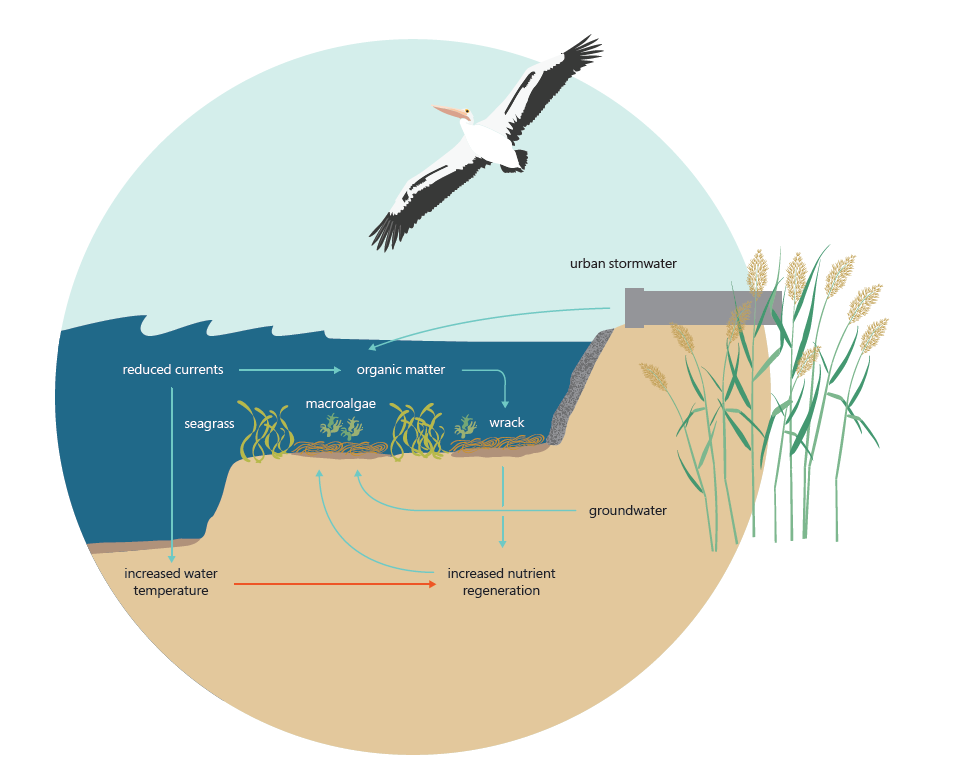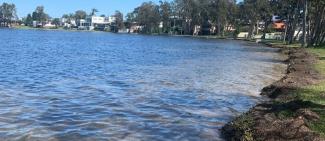Smell is one of the primary human senses. It evokes memories and enhances perception. Admittedly, the enjoyment of our lakes and lagoons depends not only on how they look but also how they smell.
Estuaries have a distinct smell - the most common is caused by sulphate in the surrounding soil, wetlands, streams, and the lake's bed. These ecosystems perform a vital biological role, acting like 'sinks' for nutrients and sediments. They work like a sieve - everything that gets washed into the estuary falls to the bottom. Many microscopic organisms feed at the lowest part of the lakes, breaking down and recycling organic material, which result in chemical reactions between the sediments and the lake’s water.
Usually, there is a healthy balance between the aerobic microbes that use oxygen in their chemical reactions and the anaerobic ones that don't need oxygen. In this case, the overall smell is minimal. When too much organic material comes in, the aerobic microbes can't cope, and the anaerobic bacteria take over. While this is a noble undertaking, they work slowly, releasing hydrogen sulphide, a gas smelling of rotten eggs. Closer to urban areas where runoff is very rich in nutrients, decomposition becomes a dominant process, and the smell gets overpowering.
The worst affected sediments are called black ooze. You can find them in isolated pockets around the shores of Tuggerah Lakes. Here, the development is dense with a lot of direct stormwater coming in, and the shoreline is shielded from the wind and wave energy. Organic sediments - the precursor to ooze - are also found around the lake's shores. They are widespread in the most urbanised part of the catchment, around Tumbi Umbi, Berkeley Vale, Chittaway Bay and Gorokan.
Proper management of nearshore water is complex. It involves improving the quality of water from the catchment and supporting natural circulation patterns. The estuary also needs time to recover from past impacts.
Council has been working steadily on the stormwater upgrades, taking care of saltmarsh and wetland rehabilitation, foreshore protection and wrack collection. Still, we must understand that maintaining the quality of water in our lakes is an ongoing effort, and - as with all efforts - can take time.




